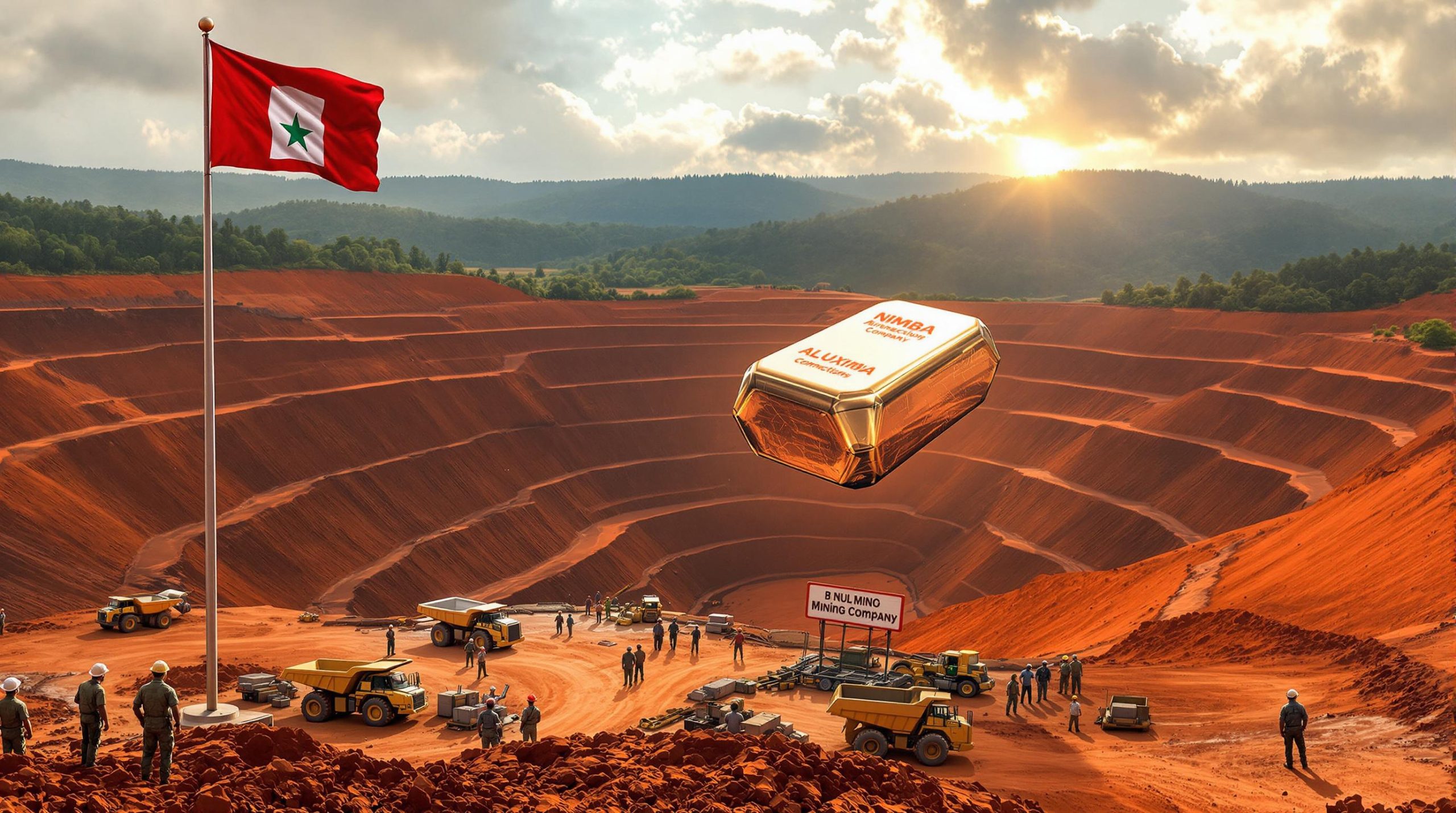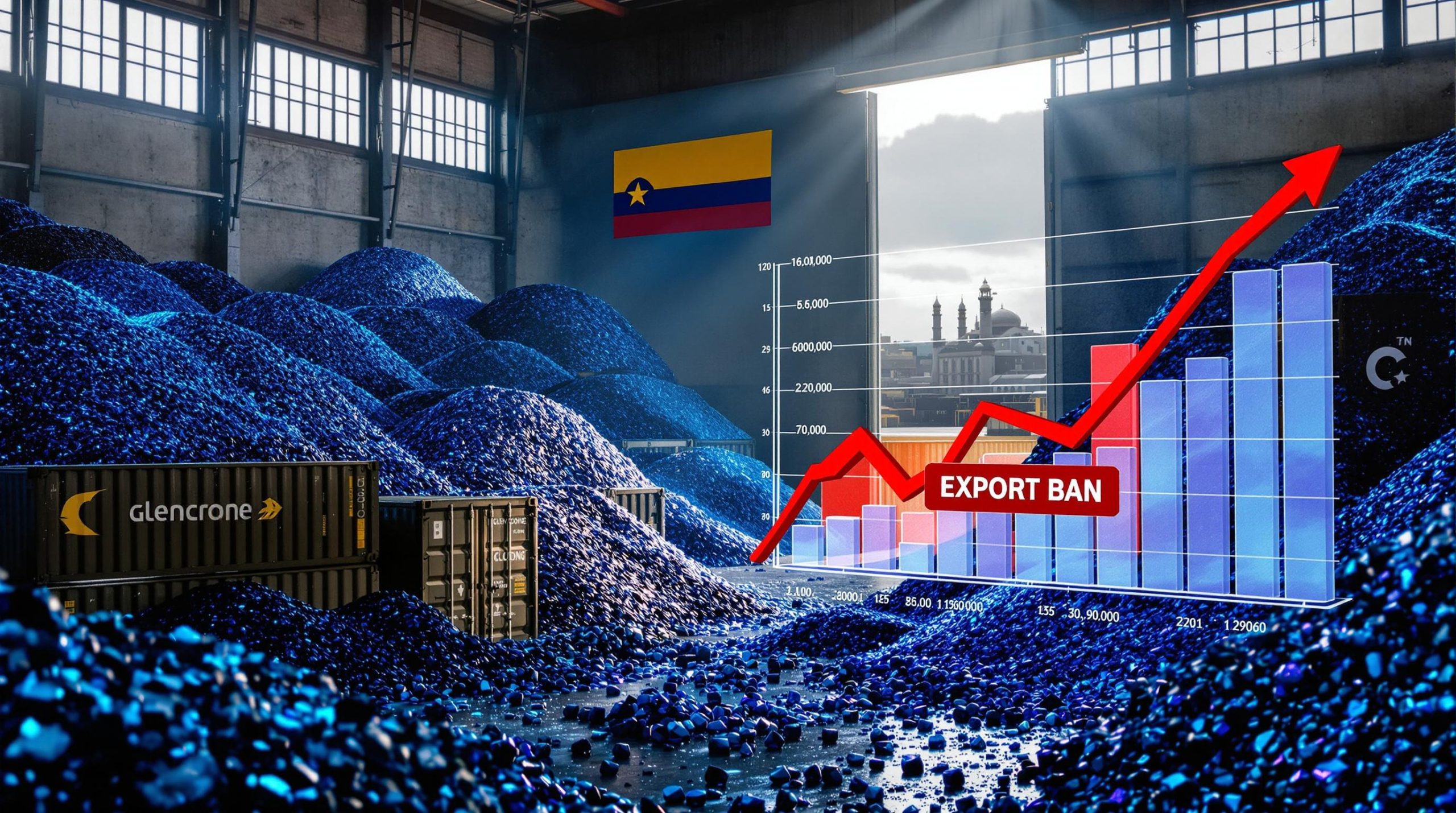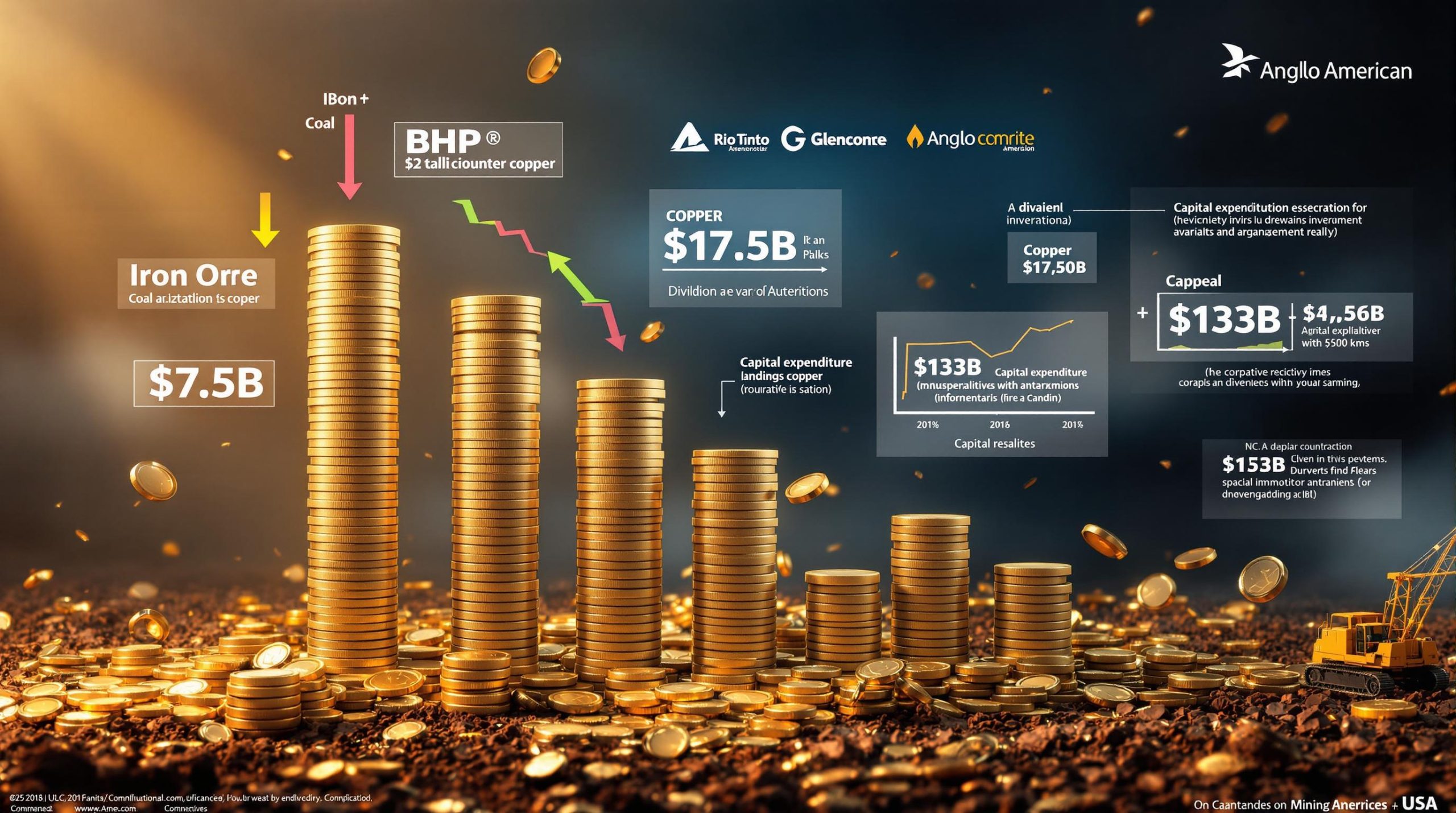The Supreme Court approves Panoramic share transfer has become a defining moment in the mining restructuring landscape. The ruling by the Supreme Court of Western Australia approved the transfer of all Panoramic Resources shares to major creditor Zeta Resources. This landmark decision, which follows rigorous legal analysis, underscores the challenges and risks in resource investments.
Justice Jenni Hill delivered the decision under Section 444GA of the Corporations Act, allowing administrators to transfer shares without shareholder consent. This approach reflects the governance challenges in mining restructurings that often arise in distressed asset scenarios.
The court determined that Panoramic’s shares held no residual value, a situation rooted in severe financial distress. Extensive evaluations, including an independent report, demonstrated that the shares were effectively worthless. By ruling in this manner, the court affirmed that there was no material loss for shareholders in a liquidation scenario.
Multiple factors contributed to the ruling. Among these, Panoramic’s negative equity position—where liabilities outweighed assets considerably—played a crucial role. The decision has now set a precedent and confirmed that the Supreme Court approves Panoramic share transfer in a context where legal and financial realities leave no alternative.
What Drove the Supreme Court’s Decision?
The ruling came after detailed scrutiny of Panoramic's financial distress. Court documents highlighted that liabilities exceeded assets by approximately $27.16 million, leading to a robust conclusion that the shares had zero value. An independent expert report using discounted cash flow analysis reinforced this point.
Creditors had already expressed unanimity in supporting the proposed Deed of Company Arrangement (DOCA). This support reflected confidence in the process even before the legal application. Daniel Woodhouse of FTI Consulting explained that the sales process identified Zeta as the sole viable bidder.
The court was persuaded that any transfer under the DOCA would cause no unfair prejudice. Were liquidation to occur, shareholders would still obtain a zero recovery. In this context, the judicial outcome provides a solid framework in support of the restructuring process.
How Did Panoramic Resources Reach Administration?
Panoramic’s descent into financial distress was precipitated by the brutal volatility of commodity prices. The dramatic collapse in nickel prices crippled the company's operating economics at its key Savannah Mine. In January 2023, nickel traded at around $29,000 per tonne, but fell to nearly $16,500 by January 2024, creating unbearable cost pressures.
Operational challenges escalated quickly. By early 2024, the mine’s operating costs had soared to roughly $18,200 per tonne while revenues only reached $16,800 per tonne. At the same time, unfavourable global commodity market shifts deepened the sector's challenges.
The rapid liquidity depletion forced Panoramic into an administration process. The resulting suspension in operations ultimately affected approximately 350 workers and contractors, delivering a severe blow to the regional economy and adding to the complexities surrounding the restructuring.
What Are the Key Stages in the DOCA Implementation?
The DOCA implementation is a structured process with several critical milestones. The Supreme Court’s approval was the vital first step, confirming that the administrators’ evaluations were legally sound. The next phase involves securing relief from the Australian Securities & Investments Commission (ASIC), which typically requires a 7-day period post-court approval.
Once ASIC clearance is granted, the share transfer to Zeta Resources (or its nominee) will be finalised. Industry data indicates that, on average, the complete DOCA process for Western Australian mining companies takes around 147 days. This efficient process contrasts with liquidation procedures, where returns often diminish over extended periods.
Recent industry predictions, as highlighted in the mining finance industry outlook for 2025, support this approach. The process has consistently yielded higher returns for creditors when compared with the prolonged proceedings of liquidation.
- Key steps include:
- Court approval confirming the legal basis for share transfer.
- ASIC relief, ensuring the process adheres to statutory timelines.
- Finalisation of the share transfer under the DOCA.
These milestones are integral in keeping the restructuring on track efficiently.
Who Benefits from the DOCA Outcome?
Creditors stand to gain the most from the implementation of the DOCA. Financial analyses presented in court indicated that creditors could expect approximately 22 cents in the dollar. This represents a substantial improvement compared with the estimated 12 cents per dollar anticipated through liquidation.
Preserving the operational infrastructure and mining licences has been a central theme. Maintaining these assets avoids the steep costs associated with liquidation and preserves future operational potential when market conditions improve. Additionally, a structured priority list ensures that:
- Employee entitlements receive initial priority.
- Secured creditors follow next.
- Unsecured creditors are considered afterwards.
The transparent and competitive sales process was essential. Daniel Woodhouse noted that the process was one of the “best possible outcomes for creditors” in such distressed scenarios, contributing to the overall confidence in restructuring strategies.
Implications for Panoramic Shareholders
For the roughly 8,421 retail investors, the news is unwelcome. The Supreme Court approves Panoramic share transfer essentially means a total loss. All shares are transferred to Zeta Resources without compensation. The valuation collapse, from a peak of $0.54 in 2021 to a mere $0.02, underscores the irreversible impact of market conditions.
Justice Hill’s determination stressed that shareholders were not unfairly prejudiced. Given that the shares had no prospect of achieving any remarkable value, the ruling is legally consistent with similar decisions in past cases. Investors were forewarned of the inherent risks in volatile resource cycles.
With the nil consideration transfer, Panoramic is expected to be delisted under ASX Listing Rule 12.2 provisions. Detailed communications were provided during the administration process to ensure full compliance with ASIC disclosure regulations. This outcome highlights the complexity and risk inherent in resource investments.
For additional context surrounding share transactions, see panoramic share sale details.
What Is the Current State of the Australian Nickel Market?
The Australian nickel sector is confronting unprecedented challenges. Increased global oversupply has resulted in challenging market conditions that affect producer margins adversely. According to the Department of Mines, Industry Regulation and Safety, Western Australian production dropped 18% year-over-year in Q1 2024.
The narrative is reinforced by the fact that several operations have been forced into suspension or care-and-maintenance status. Key factors include:
- A global surplus, with the World Bureau of Metal Statistics forecasting a surplus of about 125,000 tonnes in 2024.
- Intense competition from nations such as Indonesia, which has intensified Indonesia's nickel production dynamics in recent years.
- Shifts in supply affected by declining stainless steel demand and changing battery chemistries in the automotive sector.
Amid these challenges, even industry giants like BHP are recalibrating operations. BHP’s CEO recently remarked on the need for significant market corrections before economic recovery. Their commentary reinforces the narrative of prolonged weakness until structural market improvements occur.
Statements from major companies have underscored the importance of strategic responses by major mining companies, as they navigate the turbulent market environment.
What Are the Wider Implications for Zeta Resources?
Zeta Resources now markedly increases its asset exposure to nickel through this acquisition. The deal boosts its portfolio from 12% to roughly 34% exposure in nickel assets. This strategic move is intended to position Zeta favourably when market conditions improve, despite the immediate liability of $27.16 million assumed from Panoramic.
The acquisition is a clear example of seizing opportunities in cyclical downturns. Zeta’s approach is reminiscent of successful distressed asset strategies as seen in previous deals. Their position allows them to weather current adversity with minimal upfront costs due to the nil consideration nature of the transaction.
Management at Zeta is optimistic about future possibilities. They have indicated that Panoramic’s existing infrastructure may offer further expansion opportunities beyond nickel, potentially broadening into copper-zinc operations. This multidimensional prospect creates potential for future EBITDA improvements when the market cycle reverses.
Navigating the proposed changes in Western Australia’s royalty policy will be essential. Zeta’s careful financial planning and robust debt covenant analysis should enable them to manage the acquisition effectively without jeopardising their operational flexibility.
FAQs About the Panoramic Resources Share Transfer
What was the Supreme Court’s ruling on Panoramic Resources?
The ruling approved the transfer of all Panoramic Resources shares to Zeta Resources under Section 444GA of the Corporations Act. Justice Jenni Hill clarified that this move was acceptable as the shares held no residual value, a cost borne out of severe financial distress.
Why were Panoramic shares valued at zero?
An independent expert used discounted cash flow analysis across various price scenarios, confirming that liabilities overwhelmingly outstripped assets. This resulted in a zero valuation, indicating that even under recovery scenarios, shareholders would see no tangible benefit.
What happens to existing Panoramic shareholders?
Existing shareholders, numbering around 8,421, receive no compensation. The share transfer is executed for nil consideration, meaning that the Supreme Court approves Panoramic share transfer ultimately results in a total loss for retail investors.
What is a deed of company arrangement (DOCA)?
A DOCA is a binding agreement with creditors designed to manage a company’s affairs, maximising returns over liquidation. In Panoramic’s case, DOCA preserves business continuity and yields higher returns for creditors—around 22 cents per dollar—compared with a liquidation scenario.
How does the ASIC relief process work in these situations?
ASIC provides regulatory relief to proceed with share transfers when standard obligations can be modified. Typically, relief is granted within a 7-day statutory period following court approval, ensuring that the process adheres to both legal and financial frameworks while limiting any shareholder disadvantages.
The complex journey of Panoramic Resources reflects both the risks and strategic opportunities in the resource sector. The multiple mentions of Supreme Court approves Panoramic share transfer throughout the restructuring process remind stakeholders of the profound regulatory and market implications involved in such transactions.
Ready to Stay Ahead of Major Mining Developments?
Receive instant alerts about significant ASX mineral discoveries like the Panoramic Resources restructuring with Discovery Alert's proprietary Discovery IQ model – turning complex market developments into actionable investment insights. Explore our dedicated discoveries page to understand how early awareness of major mining events can generate substantial returns for informed investors.




